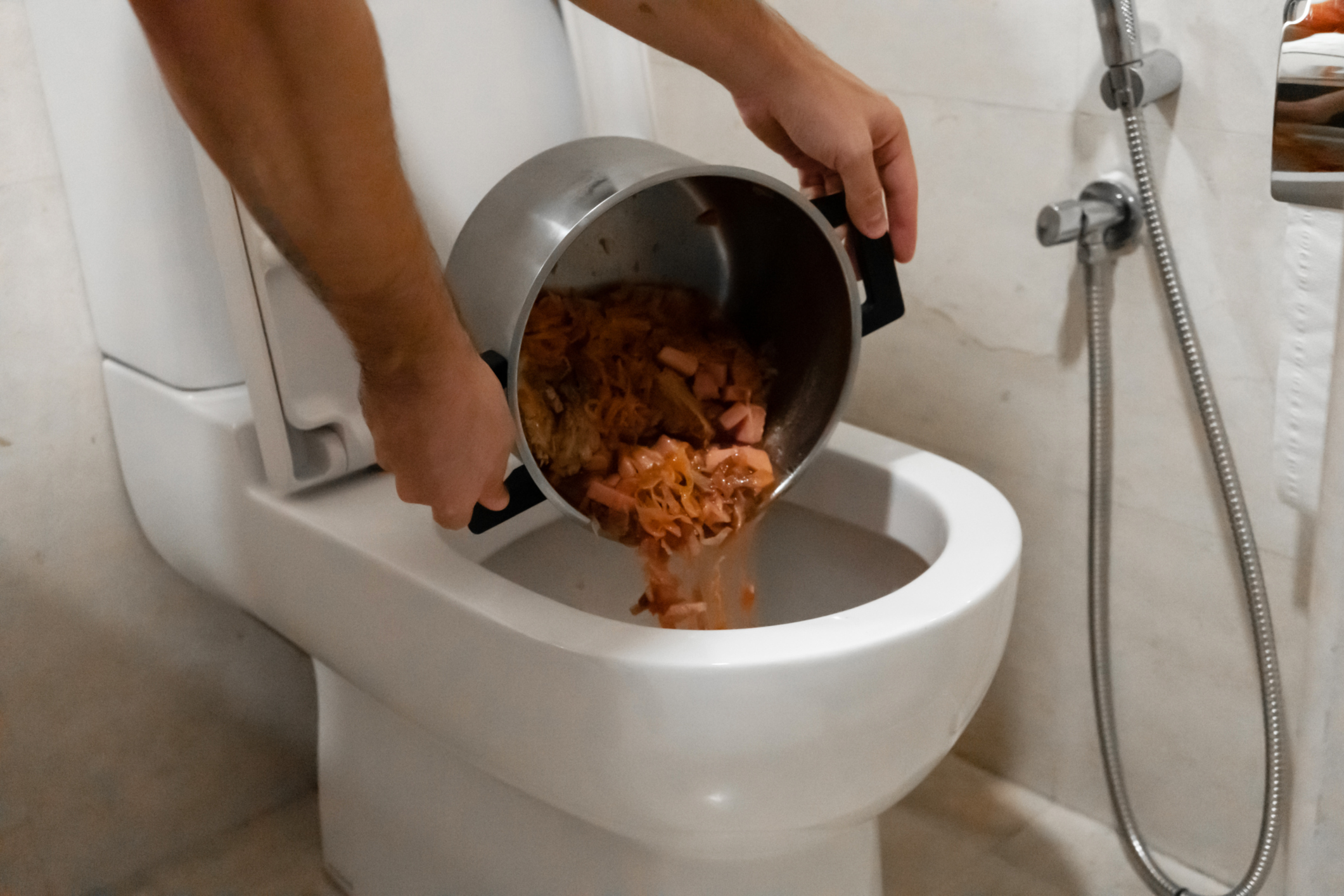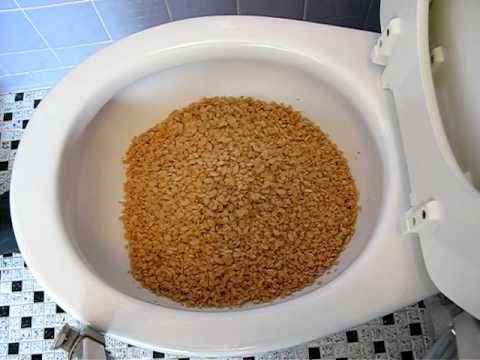Are You Permitted to Flush Food Down the Toilet?
Are You Permitted to Flush Food Down the Toilet?
Blog Article
Are you currently searching for critical information about Is it safe to flush food (especially rice) down the toilet??

Introduction
Lots of people are usually faced with the issue of what to do with food waste, especially when it involves leftovers or scraps. One usual question that emerges is whether it's all right to purge food down the commode. In this post, we'll explore the reasons that people may take into consideration flushing food, the repercussions of doing so, and alternative methods for proper disposal.
Reasons why people may think about flushing food
Absence of recognition
Some individuals may not be aware of the possible damage triggered by flushing food down the commode. They may wrongly believe that it's a safe technique.
Benefit
Flushing food down the toilet might feel like a quick and simple service to taking care of undesirable scraps, particularly when there's no nearby trash bin readily available.
Negligence
In many cases, individuals might just pick to flush food out of large negligence, without considering the consequences of their actions.
Effects of flushing food down the toilet
Ecological influence
Food waste that ends up in rivers can add to pollution and harm water ecosystems. In addition, the water utilized to purge food can stress water resources.
Pipes problems
Flushing food can cause clogged pipes and drains pipes, causing costly pipes fixings and inconveniences.
Types of food that must not be flushed
Fibrous foods
Foods with coarse structures such as celery or corn husks can get tangled in pipes and cause obstructions.
Starchy foods
Starchy foods like pasta and rice can take in water and swell, bring about blockages in pipelines.
Oils and fats
Greasy foods like bacon or food preparation oils must never ever be purged down the toilet as they can strengthen and cause obstructions.
Correct disposal methods for food waste
Making use of a waste disposal unit
For homes geared up with waste disposal unit, food scraps can be ground up and purged with the plumbing system. However, not all foods appropriate for disposal in this way.
Recycling
Particular food product packaging products can be reused, lowering waste and minimizing environmental effect.
Composting
Composting is a green means to throw away food waste. Organic materials can be composted and utilized to improve soil for gardening.
The value of correct waste management
Decreasing ecological damage
Proper waste administration practices, such as composting and recycling, aid reduce air pollution and preserve natural deposits for future generations.
Securing plumbing systems
By avoiding the practice of flushing food down the toilet, homeowners can prevent pricey plumbing fixings and maintain the honesty of their pipes systems.
Verdict
Finally, while it may be appealing to purge food down the commode for benefit, it is very important to understand the prospective effects of this activity. By embracing appropriate waste monitoring techniques and throwing away food waste sensibly, people can add to much healthier plumbing systems and a cleaner environment for all.
FLUSH FOOD DOWN THE TOILET?
FLUSHING FOOD CAN CAUSE BLOCKED DRAINS IN YOUR HOME
All of the plumbing fixtures in your home are connected to the same sewer pipe outside of your home. This outdoor sewer pipe is responsible for transporting all the wastewater from your home to the Council sewer mains. Even small pieces of food that go down the kitchen sink can cause problems for your sewer. It should therefore be obvious that flushing larger bits of food, such as meat, risks a clog in either the toilet itself or the sewer pipes. Flushing greasy food is even more problematic because oil coagulates when it cools, coating the interior lining of your pipes.
THE TOILET IS NOT A BIN
Food isn’t the only thing that people shouldn’t be flushing down the toilet. People use the toilet to dispose of all kinds of things such as tampons, makeup wipes, dental floss, kitty litter and even underwear. Water goes to great lengths to educate residents about the high costs and stress placed on wastewater treatment systems simply from people flushing the wrong stuff down the toilet. It costs taxpayers millions of dollars each year, and homeowners thousands in blocked drain repairs.
FLUSHING FOOD IS A WASTE OF WATER
Flushing food is a waste of our most precious resource - water. In June this year Level 1 water restrictions were introduced to protect water supply from drought conditions. Much of New South Wales continues to be affected by prolonged drought with recent figures revealing up to 97 per cent of the state remains in drought. Depending on whether you have a single or dual flush toilet, every single flush uses between five and 11 litres of water. In the current climate this is a huge amount of water to be wasting on flushing food that should be placed in the bin (or better yet, the compost).
https://www.jabplumbingsolutions.com.au/blog/can-you-flush-food-down-the-toilet

As an enthusiastic person who reads about , I figured sharing that article was essential. If you enjoyed reading our page please be sure to pass it around. Thanks a lot for your time spent reading it.
Explore Now Report this page